Part 4: Perplexing play areas.
Current VR systems are limited in the size of their effective play areas, and in the mobility of the player. The most basic systems only allow rotational movement, locking the player into a fixed sitting position. More sophisticated systems allow some degree of movement by tracking the players motion in a space roughly the size of a small bedroom. Even these advanced systems limit player movement by “tethering” them with bulky cables that run to a computer to feed power and video to the headset. The speed of movement is impaired, as users would inevitably trip up or get caught in the cables by moving around too quickly. In order to achieve full immersion, players should not be limited to small spaces, or tied up with clunky cables.
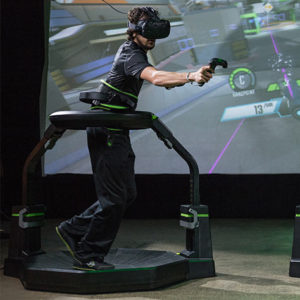
Virtuix Omni – currently the most practical way to achieve an “unlimited” play area
The issue of play areas actually represents two separate problems that need to be solved individually, video delivery and motion tracking. The reason that VR HMDs require bulky cables is because they are currently the only feasible way to deliver a high-resolution video feed from the computer to the headset with acceptably low latency. In order to cut the cord and deliver video wirelessly, a new system would need to developed that has much higher bandwidth and lower latencies than existing wireless technologies, i.e. WiFi. Research into such wireless transmission systems is currently being done by such institutions as MIT. The alternative would be to simply cut out the middle-man and perform all computation and video processing on the HMD itself. Most mobile phones today have the capability of being transformed into a self-contained VR headset with a special pair of optics. While the current state of VR on mobile phones does not compare favorably with high power desktop computers, this is rapidly changing and mobile phones are closing the gap in computing power with each new generation. Soon, the computing power that you would achieve in a fully self-contained HMD will match and exceed current desktop computers.
As for motion tracking, current VR systems are still limited by the fact that they rely on external cameras or “beacons” to track the position of the player. Aside from the fact that these systems are complex and cumbersome to setup, they lose accuracy as the distance from the user increases, so their effective range is approximately 10’ x 10’ maximum. In order to remove this limitation and increase play size indefinitely, the tracking will need to take place on the HMD itself. This technique, referred to as “inside-out” tracking, uses cameras and/or depth sensors on the HMD to scan the environment and work out the location of the player dynamically, in any environment, all without requiring any fixed point of reference.
As what seems to be the recurring theme, these advancements in wireless video delivery, self-contained computing, and inside-out tracking are coming very soon, and will almost certainly be integrating into the next generation of VR systems. The VR headsets of today are restrictive and cumbersome in comparison the cordless headsets that will be available in the near future. You will be doing yourself a favor by skipping this generation of clunky and limited headsets and waiting for something more elegant.
It’s an exciting time for virtual reality as more VR hardware and software is becoming available than ever before. Many of the problems that plagued early systems and caused player discomfort have been solved, and we’ve reached a tipping point where VR is now a viable consumer product. We’re still in the very early stages of development however, with numerous companies and institutions working to solve the problems that will allow VR to become a true “Holodeck” experience. With the amount of effort being put forth, and the rapid pace of advancement, it’s hard to argue that VR is worth the considerable financial investment at this point. In a few short years, VR systems will be considerably more functional and refined. Your money will be much better spent if you wait for these inevitable improvements to be made before jumping in. Market forces tend to drive costs down as well. If VR becomes as successful as anticipated, you will likely end up paying a fraction of the price of existing systems down the road.

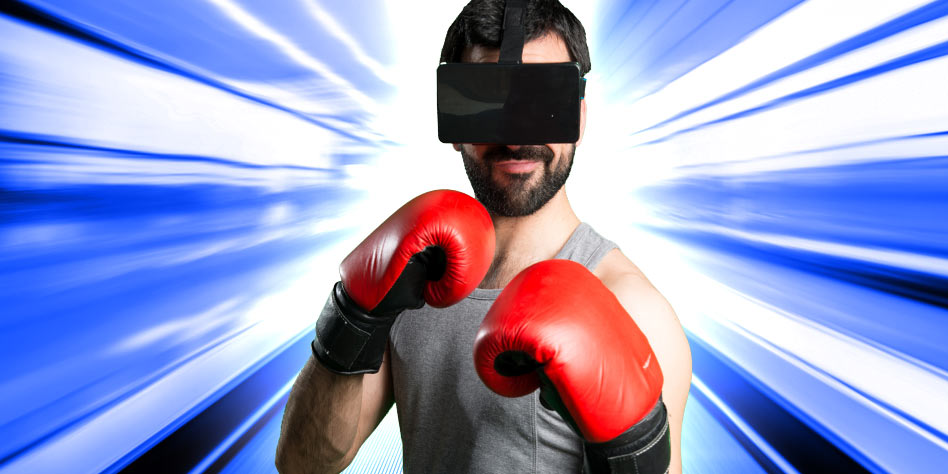
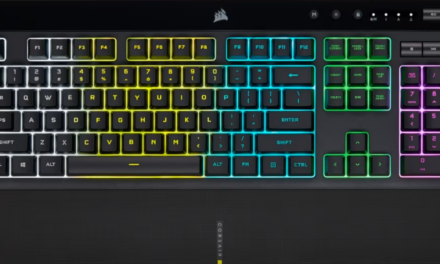


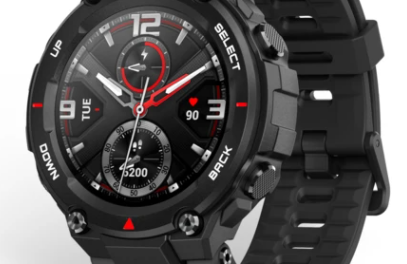
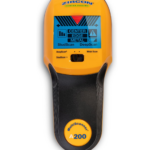
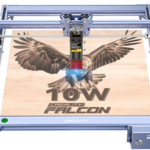
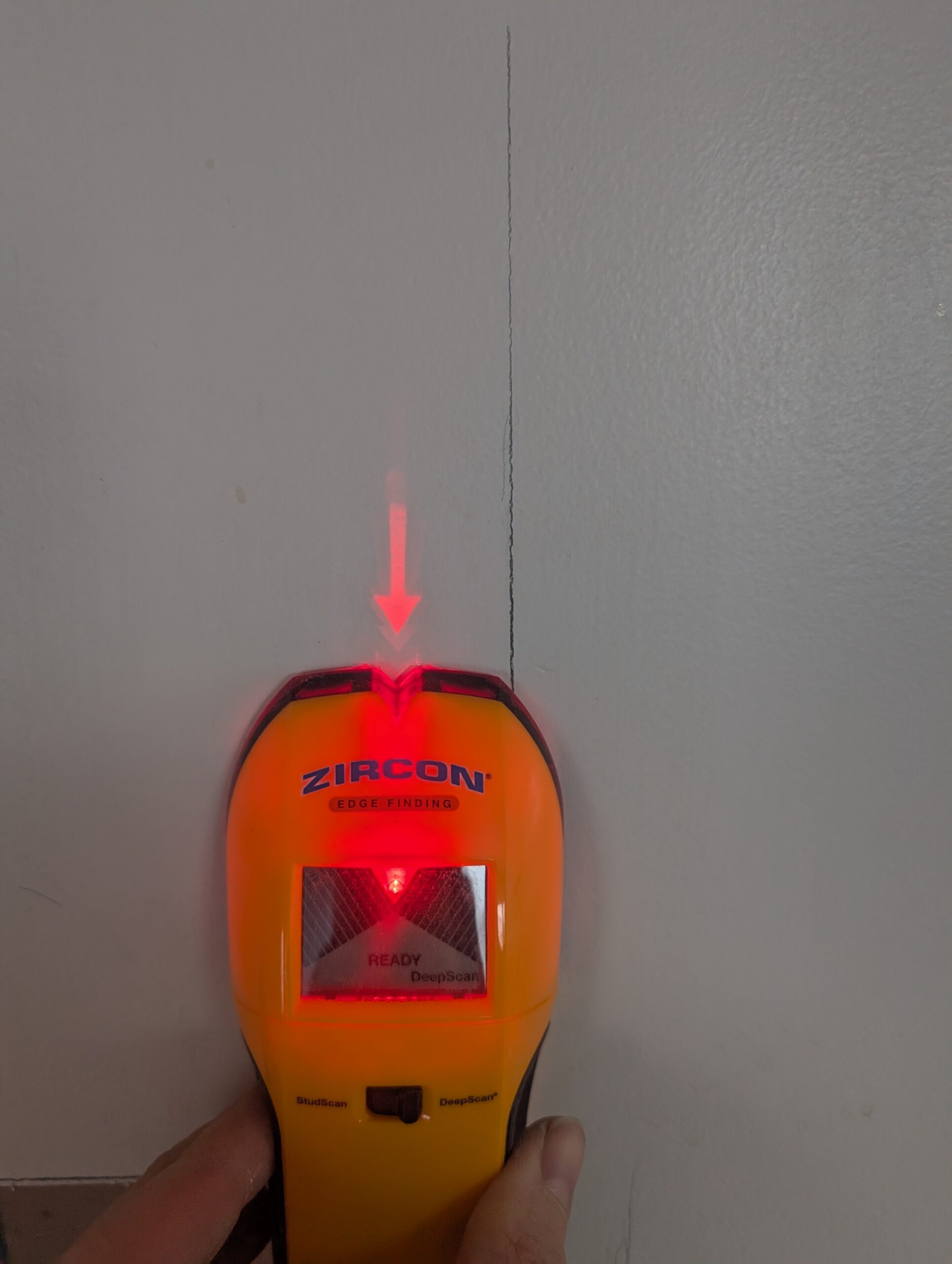
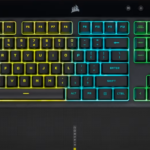
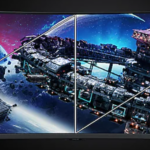
Hallo ,How should I change my idea into written web content? danke